Load Distribution Optimization Method for Fatigue Test of Full-scale Structure of Biaxial Resonant Wind Turbine Blade
DOI: 10.23977/jemm.2022.070103 | Downloads: 40 | Views: 1951
Author(s)
Lifang Zhang 1, Qiang Ma 2
Affiliation(s)
1 Jiangxi Institute of Engineering, Xinyu, 330807, China
2 Lanzhou University of Technology, Lanzhou, 730000, China
Corresponding Author
Lifang ZhangABSTRACT
Wind turbine blade is the key component of wind turbine to realize wind energy capture, so it is necessary to verify the rationality of blade structure design through full-scale structural fatigue test. In order to improve the test accuracy and efficiency, this paper proposes to establish the dynamic analysis model of the multi-degree of freedom system of the tested blade by using the finite beam element to realize the calculation method of the load amplitude of the biaxial fatigue test and integrate the dynamic analysis model and the target load calculation method into the particle swarm optimization algorithm to realize the optimization of the load distribution of the biaxial resonant full-size structure fatigue test. Through the design of a biaxial resonant loading scheme of 2.5MW-52.5m wind turbine blades, the results show that this method can quickly and accurately adjust the optimization parameters such as the position of the exciter and the motion quality of the exciter in the flapwise and edgewise on the premise that the fatigue cumulative damage caused by the test load is not less than the cumulative damage of the target load.
KEYWORDS
Wind turbine blades, fatigue test, load distribution, optimizationCITE THIS PAPER
Lifang Zhang, Qiang Ma, Load Distribution Optimization Method for Fatigue Test of Full-scale Structure of Biaxial Resonant Wind Turbine Blade. Journal of Engineering Mechanics and Machinery (2022) Vol. 7: 10-25. DOI: http://dx.doi.org/10.23977/jemm.2022.070103.
REFERENCES
[1] Chen X., Guo Y., Xu C., et al. (2020) Review of Fault Diagnosis and Health Monitoring for Wind Power Equipment. China Mechanical Engineering, 31(2):175-189.
[2] Lin Y., Tu L., Liu H., et al. (2016) Fault analysis of wind turbines in China. Renewable and Sustainable Energy Reviews, 55: 482–490.
[3] Castro O., Berring P., Branner K., et al. (2021) Bending-moment-based approach to match damage-equivalent strains in fatigue testing. Engineering Structures, 226: 111325.
[4] International Electrotechnical Commission. (2014) IEC 61400-23 Wind turbines–part 23: full-scale structural testing of rotor blades. Switzerland: International Electrotechnical Commission.
[5] Zhang J., Shi K., Liao C. (2018) Improved particle swarm optimization of designing resonance fatigue tests for large-scale wind turbine blades. Journal of Renewable and Sustainable Energy, 10(5): 053303.
[6] Rao S. S. (2019) Vibration of continuous systems. John Wiley & Sons.
[7] Zhang L., Huang X. (2013) Experimental Study on Modal Parameter Identification for Large Wind Turbine Blade. China Mechanical Engineering, 24(17): 2328.
[8] Ma Q, An Z W, Gao J X, et al. (2018) A method of determining test load for full-scale wind turbine blade fatigue tests. Journal of Mechanical Science and Technology, 32(11): 5097-5104.
[9] DNVGL (2015). DNVGL-ST-0376 Rotor blades for wind turbines. Norway: DNVGL.
| Downloads: | 11121 |
|---|---|
| Visits: | 423030 |
Sponsors, Associates, and Links
-
Cybernetics and Mechatronics
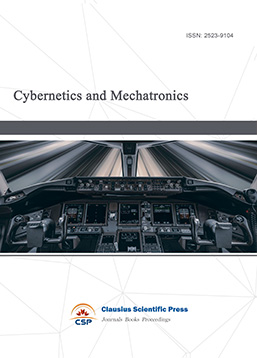
-
Digital Manufacturing and Process Management
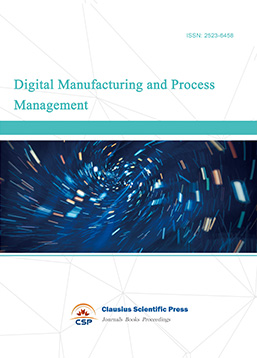
-
Ultra-Precision Machining Process

-
Journal of Robotics and Biomimetics
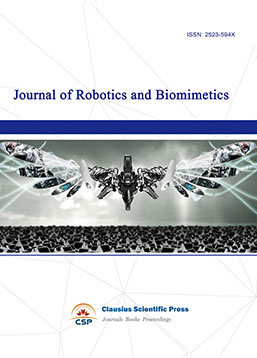
-
Prognostics, Diagnostics and Health Management

-
Micro-Electro-Mechanical Systems

-
Journal of Precision Instrument and Machinery
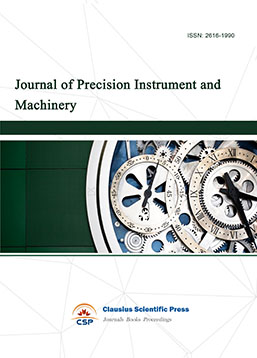
-
Engineering and Solid Mechanics

-
Fracture and Damage Mechanics
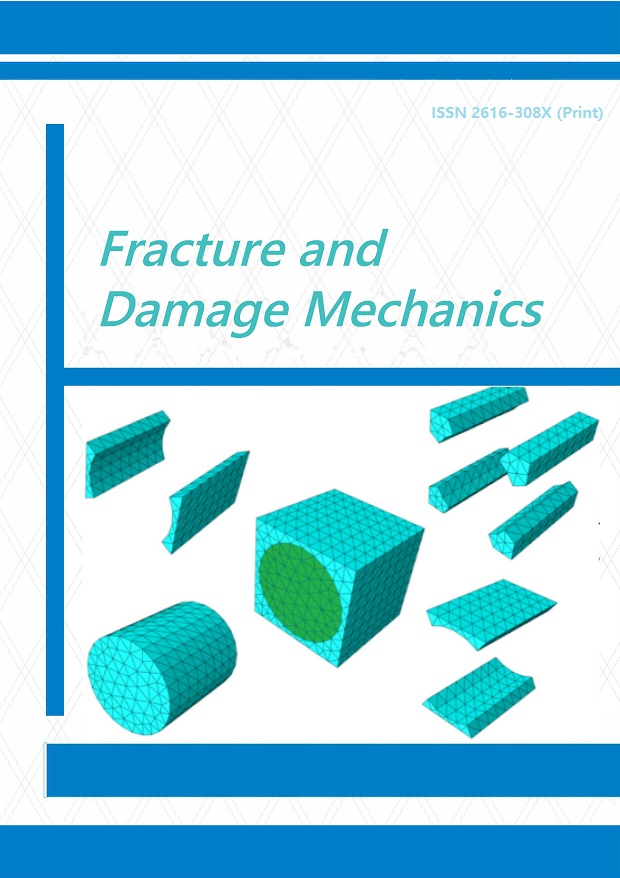
-
Frontiers in Tribology

-
Fluid and Power Machinery

-
Chemical Process Equipment

-
Journal of Assembly and Manufacturing

-
Mechanical Vibration and Noise


 Download as PDF
Download as PDF